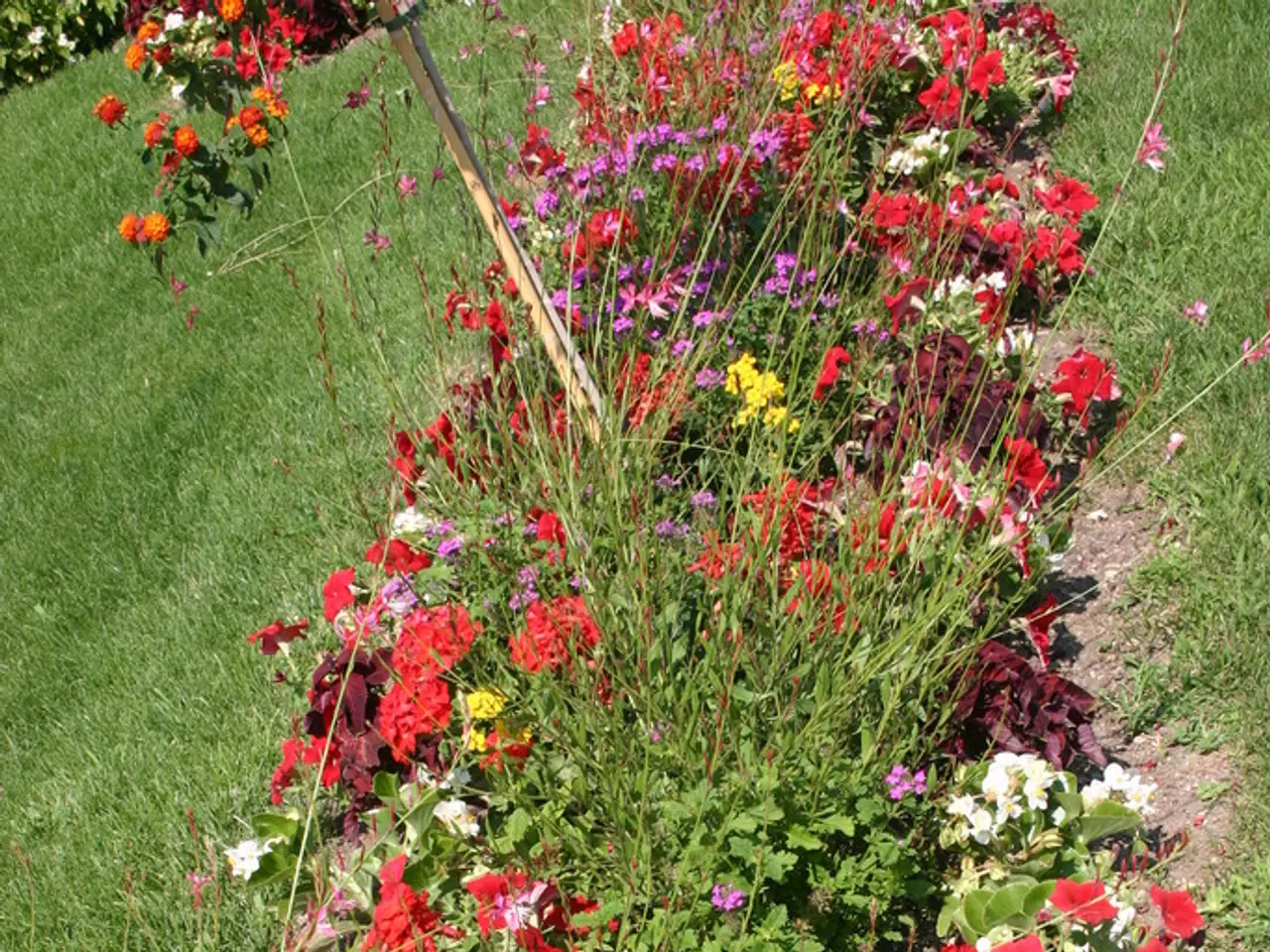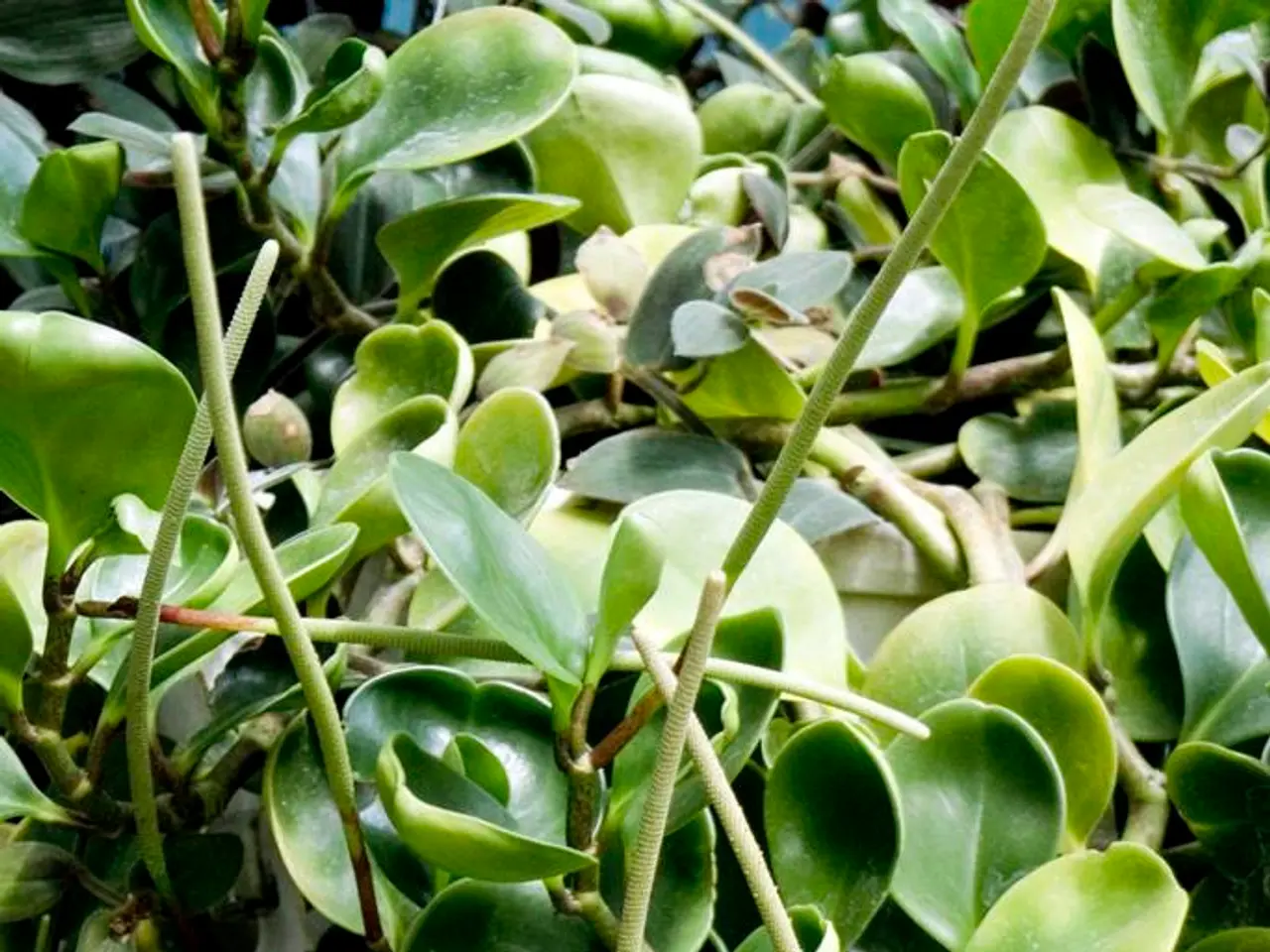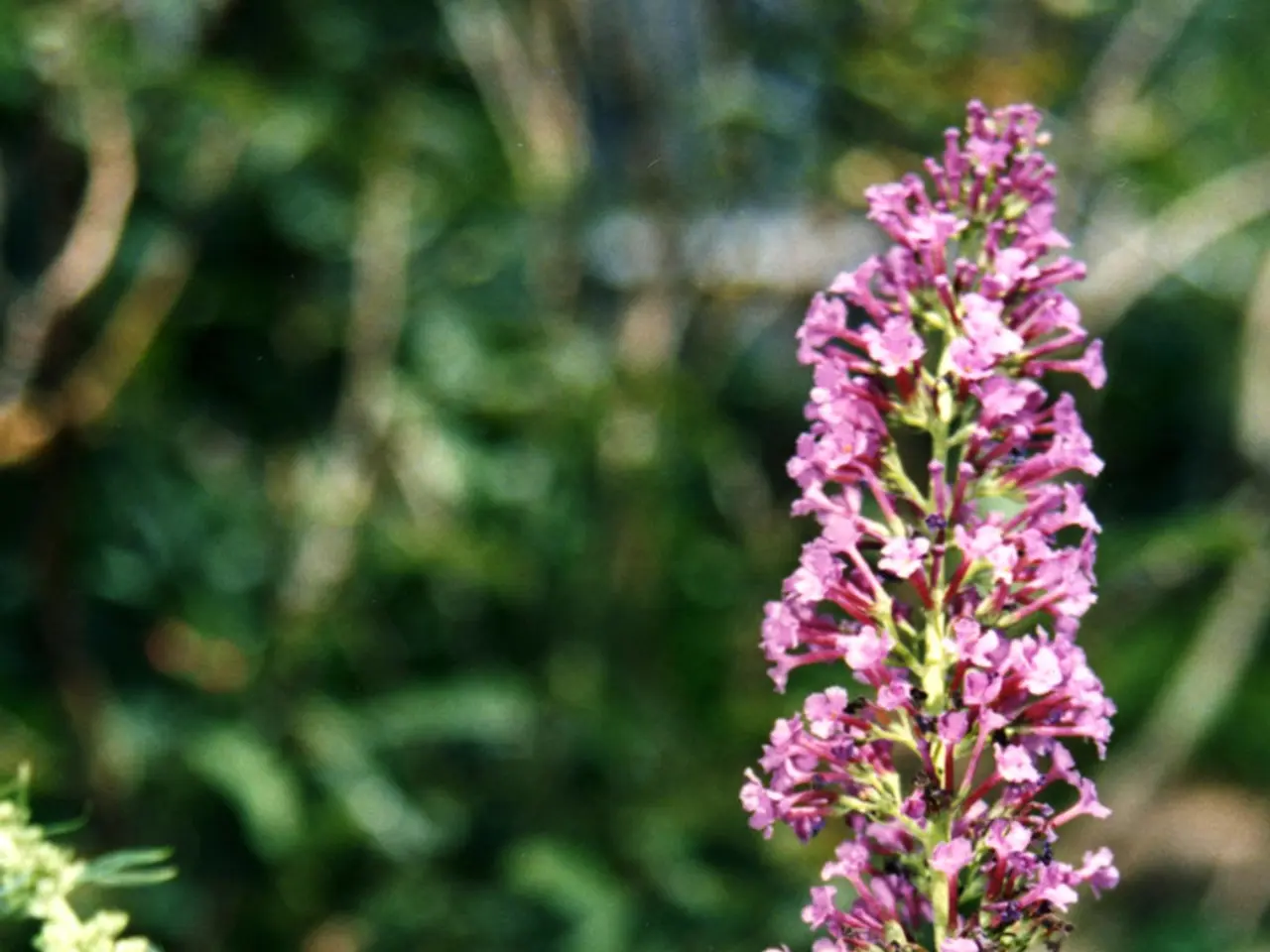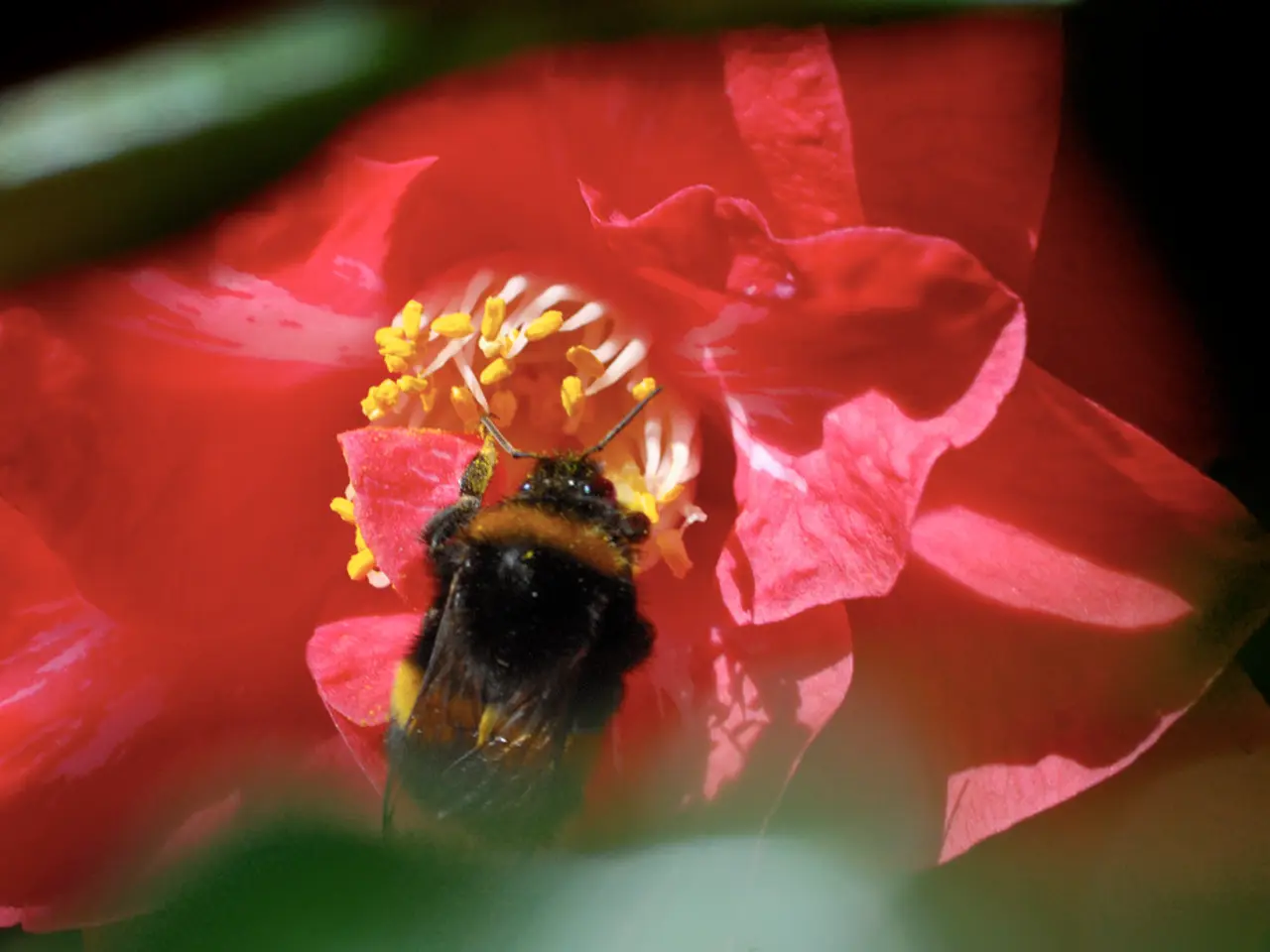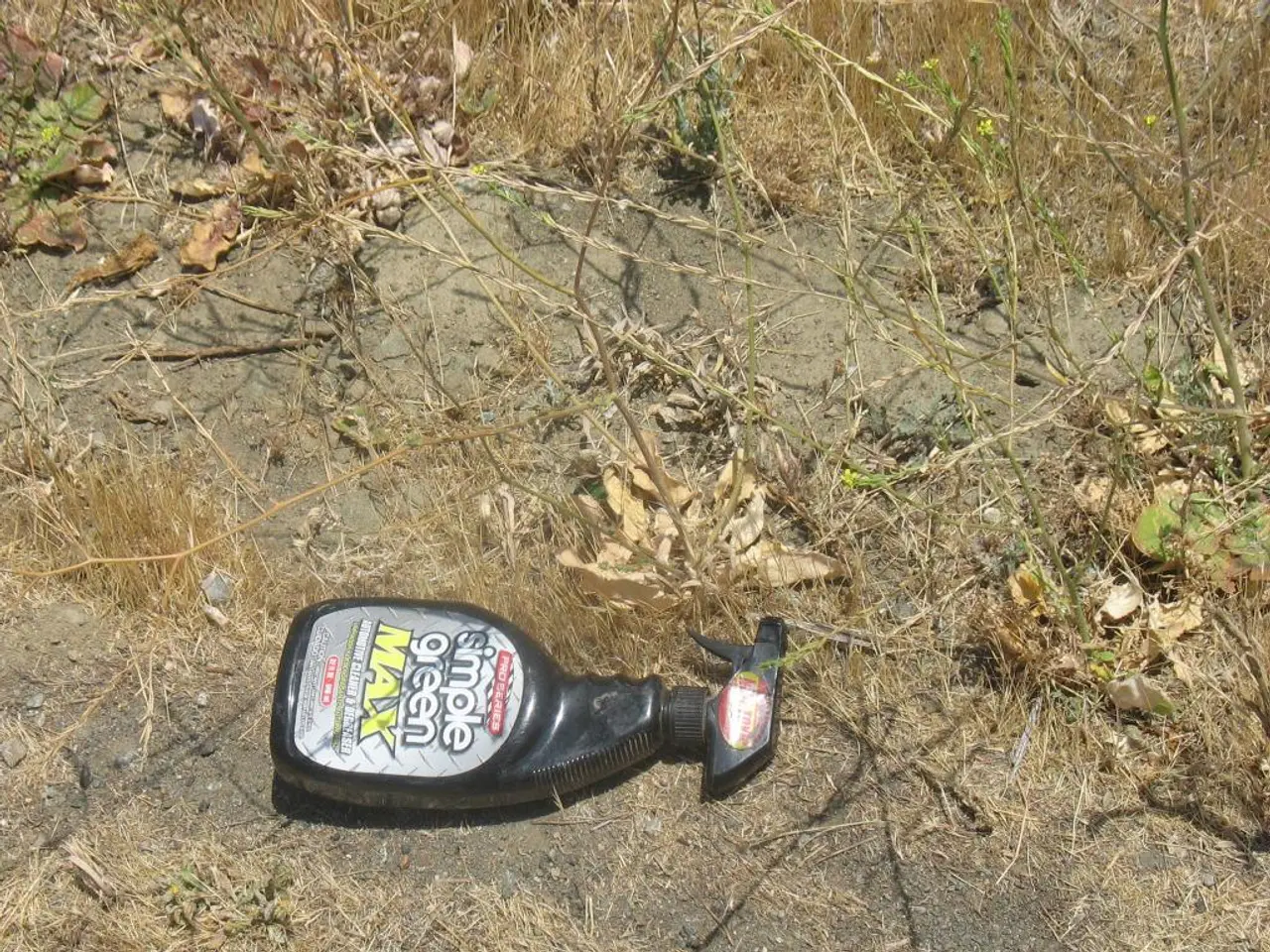Guide for Dividing and Transferring Perennials
In the heart of the Midwest, maintaining a vibrant and thriving garden is a cherished pastime. One essential aspect of perennial care is dividing and transplanting, a practice that not only rejuvenates overcrowded plants but also allows for filling empty spaces, starting new perennial borders, and sharing with friends and neighbors. Here's a comprehensive guide on how and when to divide some common perennials in Iowa.
Bearded Iris
The bearded iris, a beloved garden favourite, thrives when divided in late July to early August or immediately after they have finished blooming. This timely division allows the plants to establish themselves before winter. To divide bearded iris, gently dig around the rhizome, taking care not to damage it. Separate the new rhizomes from the older, spent rhizomes. Replant the new rhizomes with the leafy part exposed and the rhizome buried about 2 inches deep. Water and mulch to retain moisture.
Gooseneck Loosestrife (Lysimachia clethroides)
Early spring, as soon as the ground can be worked, or in the fall about 6 to 8 weeks before the first frost, is the ideal time to divide gooseneck loosestrife. This division allows the plant to establish a strong root system before the next growing season. Dig carefully to avoid damaging the roots. Divide the root system into sections, making sure each section has at least one growing point. Replant in a well-draining soil with adequate moisture.
Hosta
Hostas, a popular choice for shady gardens, should be divided in early spring before new growth starts, or in the fall about 6 to 8 weeks before the first frost. This timing minimizes stress on the plant. Carefully dig around the plant, then gently separate the roots. Divisions should include at least one growing eye. Replant the divisions in a shaded area with moist, fertile soil.
Obedient Plant (Physostegia virginiana)
Obedient plant, known for its charming flowers, should be divided in early spring as soon as the ground can be worked, or in the fall after the foliage has died back. This allows for easier handling and less stress on the plant. Dig carefully around the plant, then separate the roots into sections, ensuring each has at least one crown. Replant in a moist but well-draining location.
General Guidelines
Before division, ensure the soil is moist but not waterlogged. This helps prevent root damage. Post-transplant care involves keeping the newly divided plants well-watered and mulched to retain moisture and suppress weeds.
It's essential to remember that most newly divided perennials do not bloom well until their second growing season. Larger divisions will establish and look nice quicker, while smaller sections may take longer to recover but give you more propagules.
By following these guidelines, you can effectively divide and manage your perennial plants in Iowa, creating a flourishing and diverse garden for years to come.
- In the summer or immediately after blooming, the bearded iris benefits from being divided, with newly separated rhizomes planted several inches deep in well-watered and mulched soil.
- Gooseneck loosestrife should be divided in early spring or fall, with care taken to avoid damaging the roots, and the new sections replanted in a well-draining soil with adequate moisture.
- Hostas, a popular shady garden choice, should be divided in early spring or fall, with new divisions re-planted in a shaded area with moist, fertile soil.
- Obedient plant divisions should be made in early spring or fall, with each section replanted in a moist but well-draining location, and general perennial care involving post-transplant watering, mulching, and patience as newly divided plants establish.
